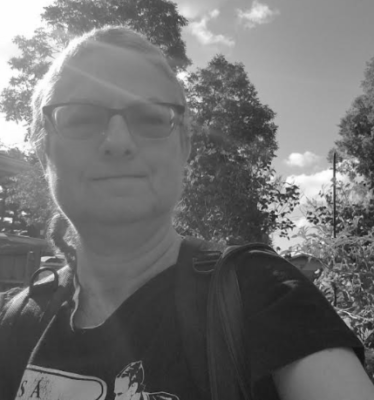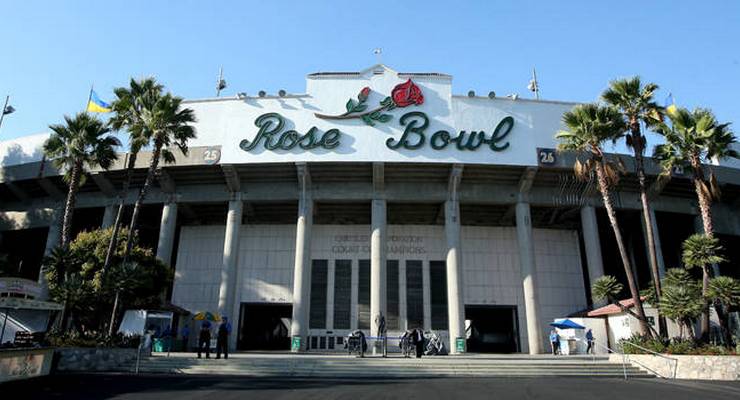 I was puzzled by the recent opinion piece in Pasadena NOW that argued against fulfilling Pasadena’s regional responsibility to build more housing because of…drought and water use.
I was puzzled by the recent opinion piece in Pasadena NOW that argued against fulfilling Pasadena’s regional responsibility to build more housing because of…drought and water use.
I would have thought that the City Manager’s point that multi-unit housing is a lot more water efficient than single-family homes in the Inland Empire (or anywhere) would have stopped this argument in its tracks. The average California household uses about 170 gallons a day indoors. A lawn can use more than 300 gallons a day. Apartments and condos don’t have lawns, do they?
There are so very many good reasons for Pasadena, a mature city full of amenities and economic opportunities, to add multi-family housing. We’ve got great restaurants, good schools, and access to the rest of the region via both transit and freeways. We have world-class institutions of higher education in Pasadena City College and Caltech. We’ve got Huntington Hospital, Kaiser and multiple clinics.
I for one would like Pasadena to continue its decades-long tradition of welcoming a diversity of residents. Did you know that while Glendale was a “sundown town” into the 1960s and beyond, Pasadena welcomed Black residents and desegregated its public schools starting in 1970? I was one of the kids who rode the bus to an integrated school. I graduated from John Muir High School in 1983. This publication reported that Pasadena was the 12th most diverse medium sized city in the United States in 2020. Diversity is one of our strengths.
Pasadena’s fair share of housing is not small. The city hopes to add 9,400 units over the next eight years, or about 23,400 people (given Pasadena’s average household size of 2.49 people). That would be a 16.6% increase in our population, which the 2020 census put at 141,000.
What will happen if we add that many people to Pasadena? We won’t have to close any more schools. Some of our new neighbors will start businesses, or work at local businesses. The obvious worry when you add thousands of new residents is traffic impacts. But that’s only if you buy into the idea that the automobile is the only way to travel. Almost half of all trips made in the most congested cities in the United States are three miles or less. That’s an easy distance to travel on a bike. If we start investing NOW in the transportation infrastructure we need, we will improve the health and quality of life for ALL Pasadena residents.
Protected bike lanes and wide, shaded sidewalks that allow us to safely walk or bike around town for errands and entertainment will put a lid on traffic. Safe places to walk and bike will decrease the trips we take by car and improve mobility for young people and anyone without a car.
I am very much looking forward to being able to safely ride my bike (or, let’s be real here, my ebike, because I have never been a big fan of biking uphill) to visit friends in the neighborhoods around the proposed bike boulevards of Wilson, El Molino, Sierra Bonita and Craig Avenue. I’d like to be able to run errands and get to restaurants in East Pasadena by riding along a protected bike lane on Colorado Blvd. The projects in the city’s Bicycle Transportation Action Plan are a good start, but we’ve got to get them built! If riding a bike (or a scooter or whatever) is SAFE, then it won’t just be “those cyclists” who ride one, it will be ordinary people like me and you who are just living our lives and getting around town.
Oh, and have you noticed that we’re in a years-long drought? Driven by climate change, which is also increasing the number of hotter days and causing greater numbers of catastrophic weather events all over the world? Aren’t gas-powered cars one of the biggest contributors to climate change? So if you’re worried about the drought, the right answer isn’t to slam the door on new residential development. It’s bicycle and pedestrian infrastructure. If we want a livable planet, Pasadena needs to do its part.
Liz Schiller is a Pasadena resident.














 1 comment
1 comment


